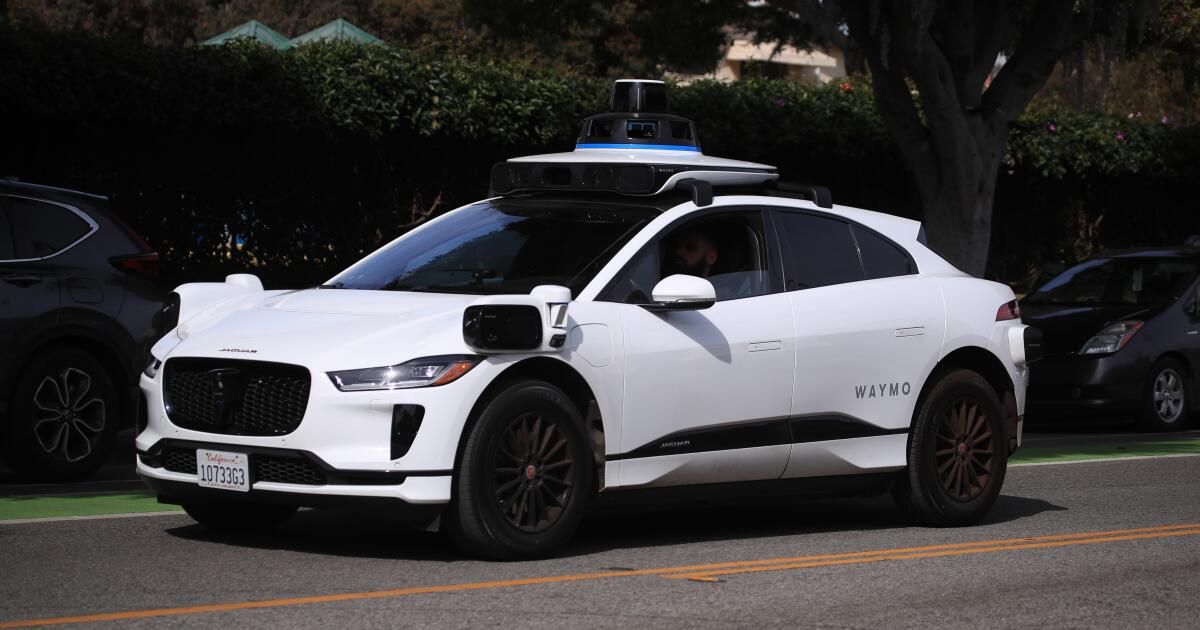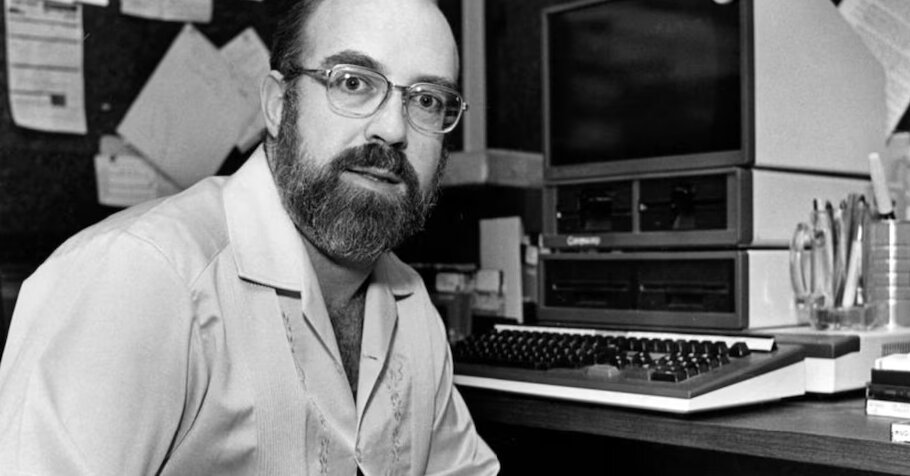Another California community is expressing concern about plans to launch the Waymo autonomous vehicle in its jurisdiction, following several incidents involving autonomous vehicles that resulted in injuries.
San Mateo County, in the San Francisco Bay area, requested more information from state regulators before allowing Google-owned Waymo to operate its self-driving vehicles in the county.
San Mateo County made the request after Waymo submitted a letter on Jan. 19 to the California Public Utilities Commission, asking the agency to approve its proposed expansion of its Automated Vehicle Passenger Services in parts of the county. San Francisco Peninsula, which includes San Mateo County, as well as the southwestern region of Los Angeles County.
The company has already served a portion of San Francisco, from Lands End to Bernal Heights. The self-driving car began offering limited-time rides in November in Santa Monica, Century City, West Hollywood, Mid-City Koreatown and downtown Los Angeles, giving residents the opportunity to try out driverless travel.
Waymo received approval for its plans to expand where it can provide its ride-hailing service from the California Department of Motor Vehicles just days before.
San Mateo County Attorney John D. Nibbelin said the county is protesting the commission's pending approval, saying the county did not have enough information about the expansion plans or enough commitment to Waymo.
“The 'rapid and streamlined' advice letter review process, which is intended for 'requests that are not expected to be controversial or raise important policy issues,' is insufficient to develop the evidence needed to fully understand potential impacts and issues.” of Waymo's expansion. “Entry into San Mateo County will create, including accounting for, the different needs and obstacles that Waymo will face operating in San Mateo County, compared to the city and county of San Francisco,” Nibbelin's letter to the Commission.
Officials in San Mateo County and other communities say they want to have a say in regulating the operations of self-driving car companies.
At a meeting of the county board of supervisors on February 13, the board approved a resolution in support of Senate Bill 915, which would give local governments the authority to allow or prohibit the use of driverless cars within their jurisdiction.
Waymo representatives met with some members of the San Mateo County Board of Supervisors and with county CEO Mike Callagy, said Michelle Durand, the county's communications director.
“The conversations were fairly general, but Waymo did not provide any details about its operating plans in San Mateo County, saying they are still in development,” Durand said.
Waymo spokesperson Julia Illiana said that prior to the company's request to expand its service area, it reached out to interested parties, including county officials, local first responders, cities, bicycling coalitions and others.
“Our briefings included information about Waymo's mission, experience and how our technology works,” Illina said.
“In addition, we were transparent with stakeholders about our interest in expanding Waymo's commercial ride-hailing service for the public to include cities on the Peninsula.”
Currently, local jurisdictions have no say in the commercial deployment of autonomous vehicles.
In Los Angeles, Mayor Karen Bass said her city should have a say in how such vehicles are regulated and asked state regulators in November to increase their scrutiny of companies that operate autonomous vehicles. In August, a Waymo car initially failed to stop for a traffic officer who had been directing eastbound and westbound traffic to stop at Beaudry Avenue and Wilshire Boulevard. No injuries were reported in that incident.
On February 7, a cyclist was injured in San Francisco by a Waymo vehicle. SFGate reported that the vehicle stopped at a four-way intersection before continuing; A large truck was driving in the opposite direction. A bicyclist was near the truck and crossed into the path of the Waymo vehicle. When the cyclist became visible, the Waymo vehicle applied the brakes but was unable to avoid the collision. The cyclist suffered non-life-threatening injuries.









